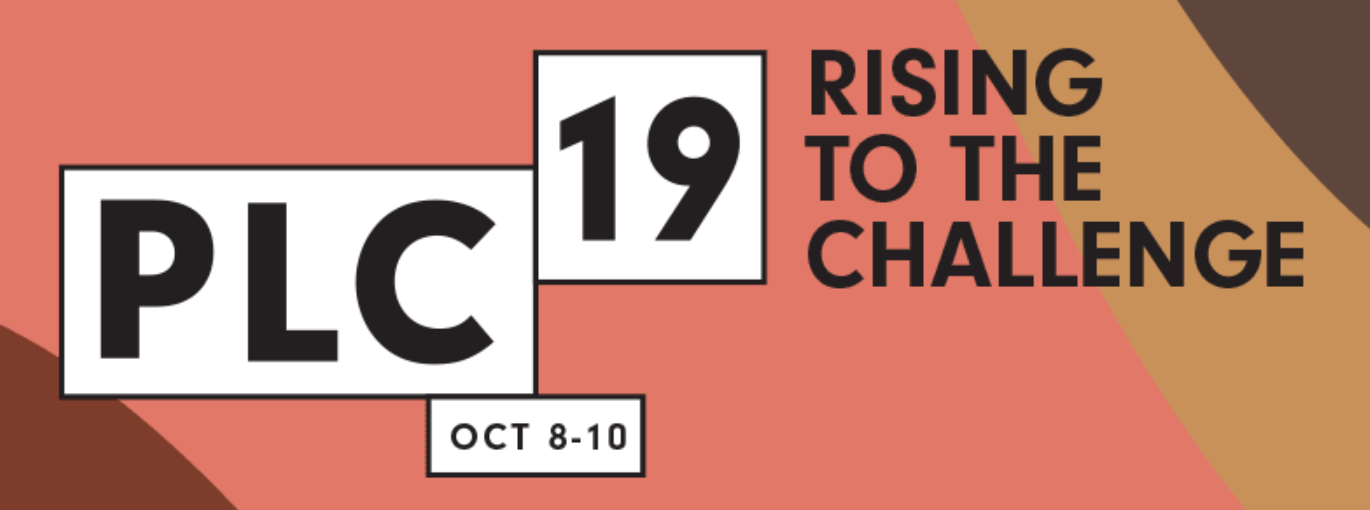Guest post by Mike Seyfang. Mike is a media coordinator with the University of Adelaide.
This special edition ‘Talking Paper’ takes a look behind the scenes at the PROCESS of crafting a Nature paper (with 216 Authors). So, what is the big deal about getting your science published in Nature? For many researchers it is a career highlight. For some it can be the launch of a stellar career. For an already distinguished scientist like lead author Prof. William F. Laurance, it can re-enforce a position of world leadership in a significant area of research. With some clever wording (e.g. ‘Biodiversity Arks’) and a little promotion, it may be possible to track the influence of your work as it reverberates through the global media, is talked about online and maybe even influences the tone of twitter for a short while! Follow this up with some discussion and engagement in online platforms like ‘the conversation’ to further broaden the reach and impact of your life’s work.
Thanks to the Environment Institute at the University of Adelaide, I was able to spend an hour or so chatting with Professors Corey Bradshaw and Bill Laurance about the process underlying the publication, the motivation behind the years of work leading up to it and some of the key analaysis and findings. Even though my screen recording software failed, I am able to bring you the following fifteen minute video from that conversation.
Bill and Corey begin by introducing the basic idea of the paper “to look at the effectiveness of protected areas – the cornerstone of our preservation efforts”. A key motivation was to find out what is really going on at ground level, something that is not able to be determined from the vast amounts of satellite data that is currently available.
PROCESS:
This work is based on two hundred and sixty two expert interviews which seek to extract and objectify years of knowledge from experts around the world. Corey and Bill discuss the joy and pain of getting the interviews done, fights over words, working with interview data the idea of BAD “Best Available Data”. Bill explains that getting all these people together and leading the endeavour was like herding cats. Scientists are trained to disagree, examine, pull-apart and ask questions. Work began when Bill was at the Smithsonian institute in Panama. There he had a well resourced team to get things started. “Substantial person power” is required for an endeavour like this one.
Corey played a significant role by performing quantitative analysis on interview data. A whole bunch of information and over three thousand five hundred comparisons had to be distilled down into a nature paper “because those are just a couple of thousand words”. One of the key findings of the research is the importance of threats around protected areas. It was surprising “just how much of what happens outside of the park affects the inside of the park, regardless of the size of the park”.
CONCLUSION:
Bill says “I Don’t know how else one could have tackled this kind of analysis”, where decades of work by (each of) hundreds of experts was gathered and analysed. He explains that it was hard work, and he is relived to see it accepted by Nature and will be pleased to have it see the light of day.
So, if you are considering a career in Science or Communicating Science, go back and look at the video again and ask yourself some questions like:
- How did a scientist from the University of Adelaide get involved with research like this?
- How did Prof Laurance get so many people to contribute to his research?
- What did it take to persuade one of the world’s top journals to publish this work?
- How many years of detailed learning is summarised in this paper?
- Can I see myself leading an effort like this?
Hopefully some of you will be inspired to think about a career in science, or at least catch some of the infectious enthusiasm that I certainly felt as I spoke with Bill and Corey in preparing this article for you.
Guest Post by Mike Seyfang, if you would like to contribute as a guest blogger on The Environment Institute Blog email environment@adelaide.edu.au.


